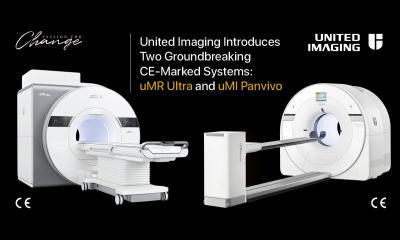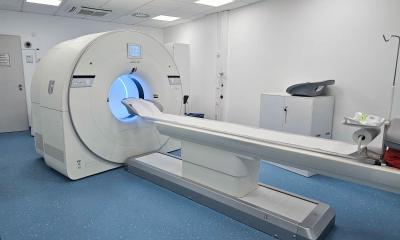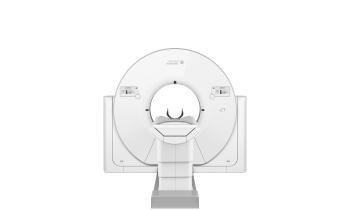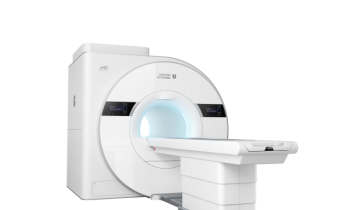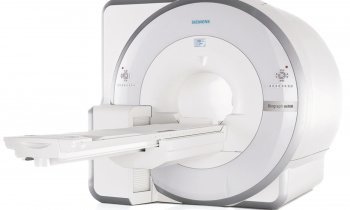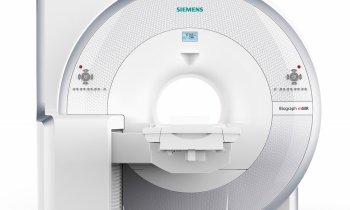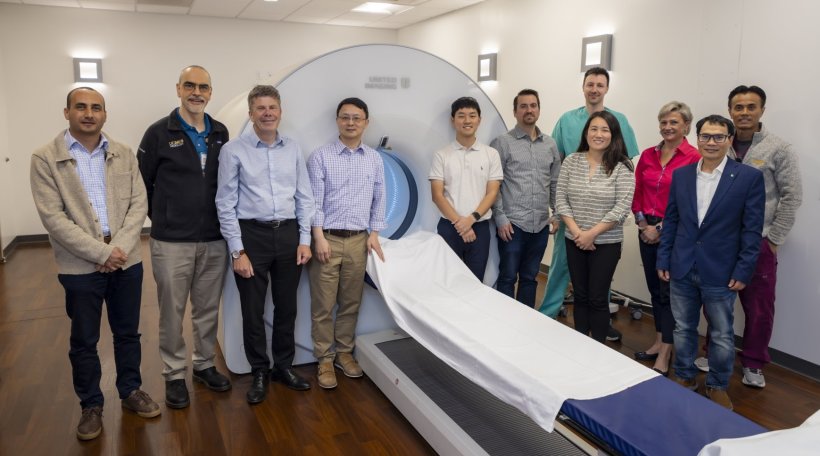
Image sredit: UC Davis Health
News • Blood-brain barrier permeability
Exploring brain disease detection with quantitative PET imaging
UC Davis Health’s first-of-its-kind total body scanner Explorer is being given yet another new assignment — assessing how cancer, neurodegenerative diseases and other systemic conditions, can affect the brain.
The breakthrough was made by radiology postdoctoral fellow Kevin Chung and other colleagues from the University of California (UC) - Davis Health under the supervision of Guobao Wang, professor of Radiology and associate vice chair of Research and Simon Cherry, distinguished research professor of Biomedical Engineering. The discovery is leading to a new way to use positron emission tomography (PET) to quantitatively assess the health of a natural protective membrane called the blood-brain barrier (BBB). The study was published recently in Nature Communications.
This is an enabling technique for us to measure permeability for almost any existing radiotracer
Guobao Wang
BBB dysfunction is associated with metabolic syndrome, cancer, neurodegenerative diseases and many other systemic conditions. “We haven’t had good imaging approaches that can non-invasively assess BBB permeability easily,” said Wang, senior author on the study. “With this technique, we can now use PET with a wide range of radiotracers to help determine BBB health.”
The blood-brain barrier is a selectively permeable barrier that protects the brain from pathogens, cancer cells and other dangers. When healthy, the BBB only allows an elite group of molecules in the brain. However, disease can alter BBB permeability, leaving the brain more vulnerable. For years, scientists and radiologists have used magnetic resonance imaging (MRI) to investigate BBB permeability. However, MRIs can only measure blood vessel leakage, which is a late indicator. In other words, a disease would have to progress far before blood vessels start leaking.
Recommended article
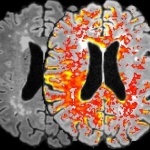
Article • MRI vs. Alzheimer's
Seeking leaks in the blood-brain barrier
The blood-brain barrier (BBB) separates blood from the brain tissue and protects the brain by allowing certain substances to pass while keeping others out. Walter H Backes, with his interdisciplinary team of Maastricht UMC and Leiden UMC, are hot on the tracks of Alzheimer’s disease (AD) as they aim to visualise small vessel leakage in BBB.
Previous efforts to measure BBB permeability with PET were successful but quite complicated. PET uses radioactive tracers to image the body, and researchers had to use two tracers — one to detect a specific molecular target and the other to measure blood flow. Unfortunately, blood-flow tracers are hard to get. “Most flow tracers have a very short half-life,” said Chung, first author on the study and a postdoctoral fellow in the Wang lab. “A hospital would need a cyclotron on site to make the tracer, and that’s an expensive piece of equipment. Many hospitals do not even have this capacity.”
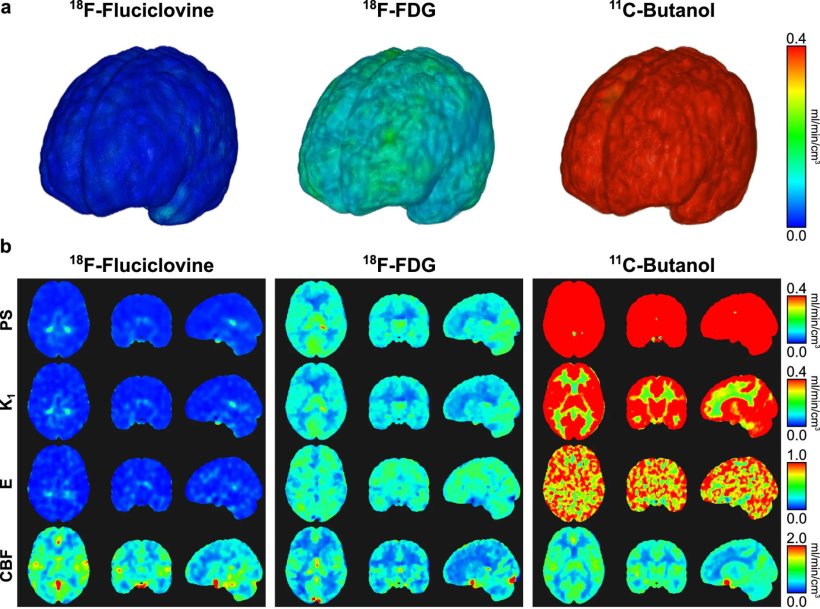
Image source: Chung KJ, Abdelhafez YG, Spencer BA et al., Nature Communications 2025 (CC BY 4.0)
Explorer was invented by Cherry and Ramsey Badawi, vice chair for research in the Department of Radiology, in a major study with National Institutes of Health funding. “This gives researchers much higher temporal resolution: the ability to measure rapid biological changes over time,” said Cherry. “Explorer can produce fast frames of one second or even shorter, which was critical for this study, while other machines may require 10 or even 30 seconds.”
This high-temporal resolution, combined with advanced mathematical modeling, helped make the breakthrough possible, and the payoffs could be enormous. The new technique can detect subtle changes in the transporters that ferry molecules through the BBB, potential early markers for altered permeability and other issues. In addition, the researchers showed they can measure the effects of normal aging on BBB health, as well as how it responds to liver inflammation. “This is an enabling technique for us to measure permeability for almost any existing radiotracer, and there are more than a thousand,” said Wang. “That will give us a lot of flexibility to really understand what is happening with the BBB before a disease has progressed so far.”
Other authors, all from UC Davis, included: Yasser Abdelhafez, Benjamin Spencer, Terry Jones, Quyen Tran, Lorenzo Nardo, Moon Chen, Souvik Sarkar, Valentina Medici and Victoria Lyo. This research was supported by grants from National Institute of Biomedical Imaging and Bioengineering (NIBIB) (R01EB033435), National Cancer Institute (NCI) (R01CA206187, P30CA093373), and National Institute of Diabetes and Digestive and Kidney Diseases (R01DK124803). Lyo was also funded by the NIH Building Interdisciplinary Research Careers in Women’s Health at UC Davis (K12HD051958).
COI Statement: The University of California, Davis has a research agreement and a revenue sharing agreement with United Imaging Healthcare, involving S.R.C. and R.D.B. The other authors declare no competing interests.
Source: University of California - Davis Health
27.04.2025



